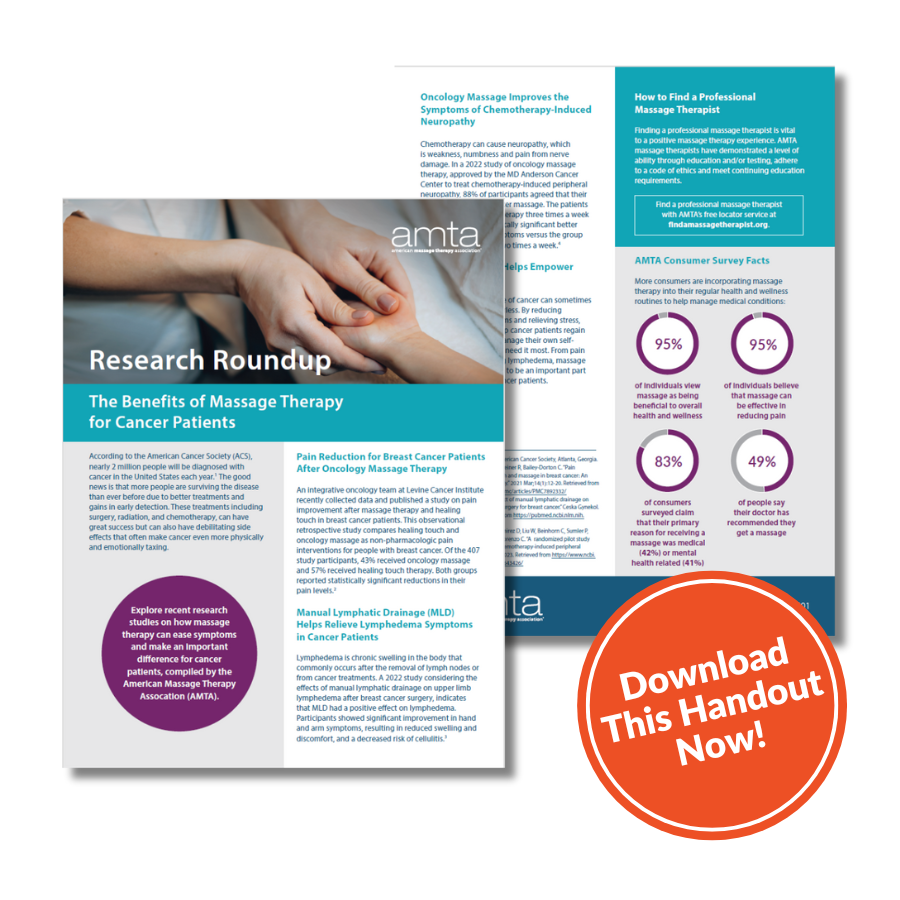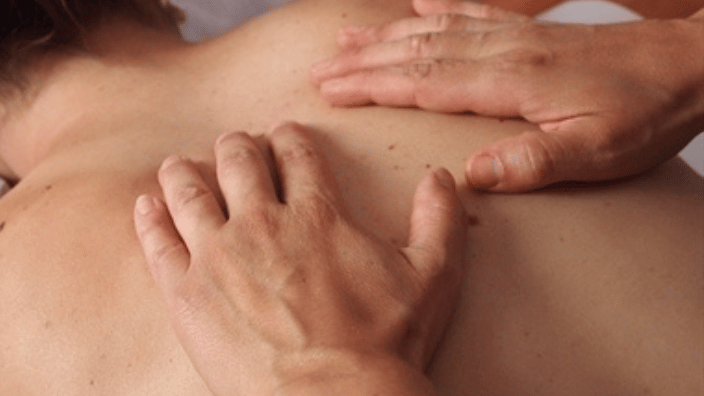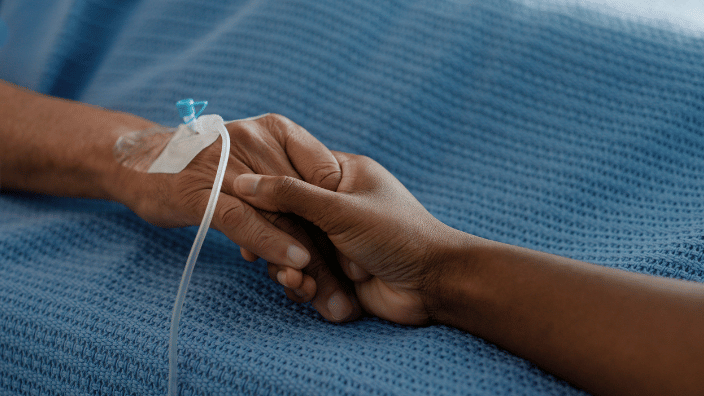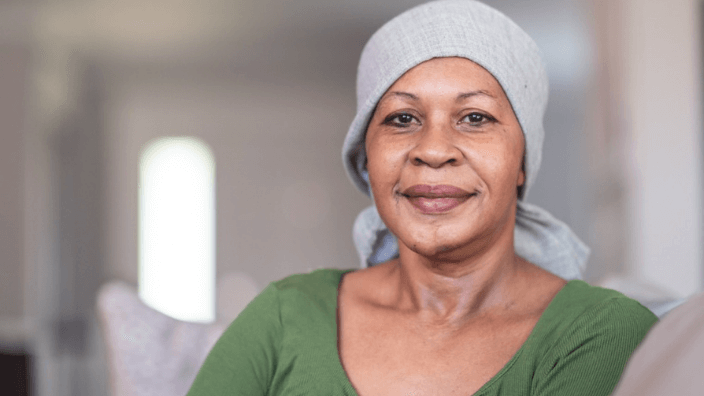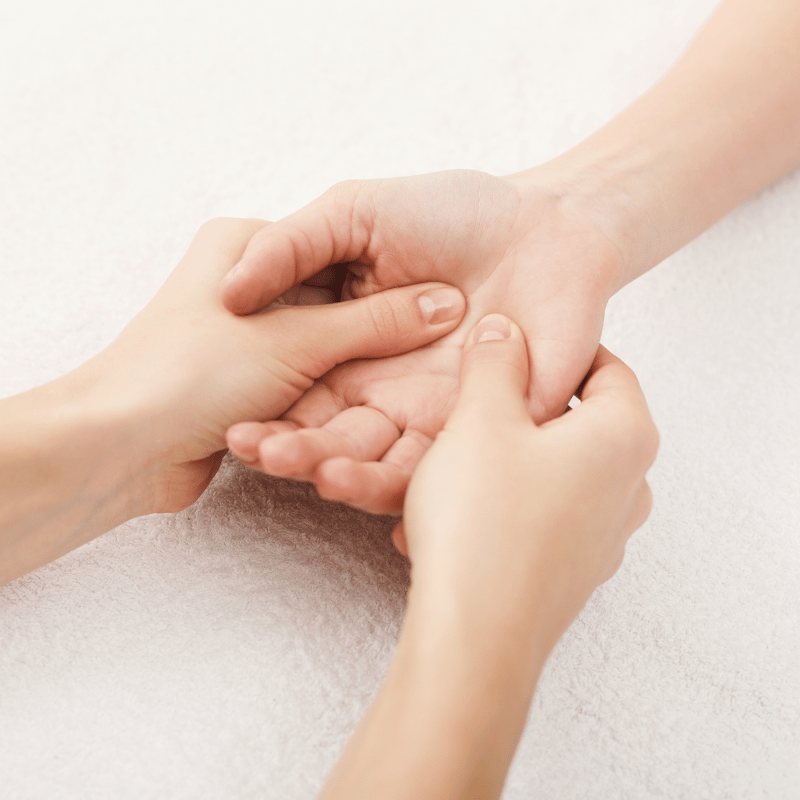
Massage Therapy for Cancer Patients
Learn how massage can improve the quality of life for cancer patients.

A Complementary Approach to Cancer Care
In 2024, roughly 2 million people will be diagnosed with cancer in the United States1, but the good news is, more people are surviving the disease than ever before. Traditional treatments like surgery, radiation, and chemotherapy have had great success, but sometimes with debilitating side effects.
New research is helping health care professionals and patients alike understand the role massage therapy plays in an integrative care plan. From providing stress relief to helping patients better handle symptoms such as pain and side effects like nausea, massage therapy can make an important difference for cancer patients.
Related Articles
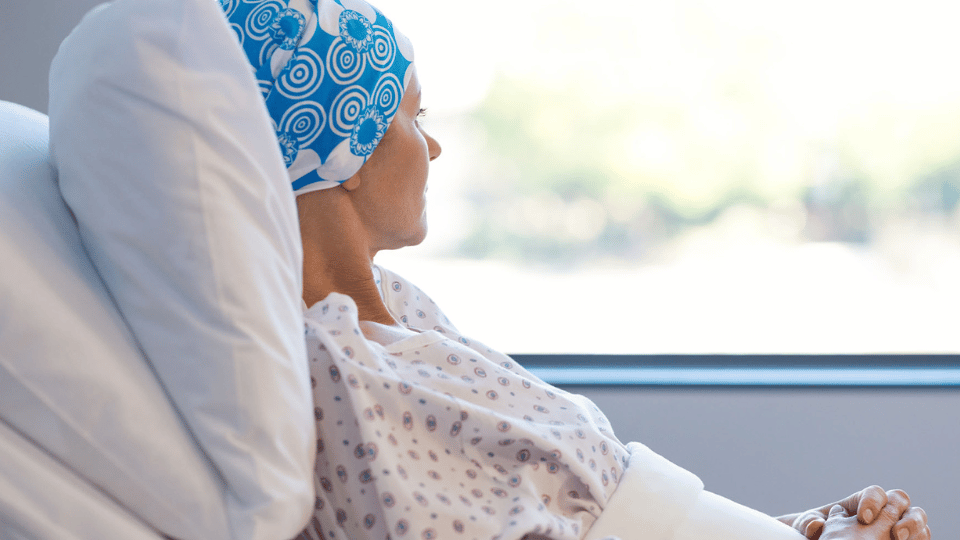
Massage Therapy for Patients with Cancer
From providing stress relief to helping patients better handle symptoms such as pain and side effects like nausea, find out how massage therapy can benefit cancer patients in a variety of ways.

Skin Deep: Massage Therapists & Early Detection of Skin Cancer
When discovered in the early stages, skin cancer is curable—and massage therapists are in a great position to help with early detection when they know what to look for. Learn more about how you can help your clients.
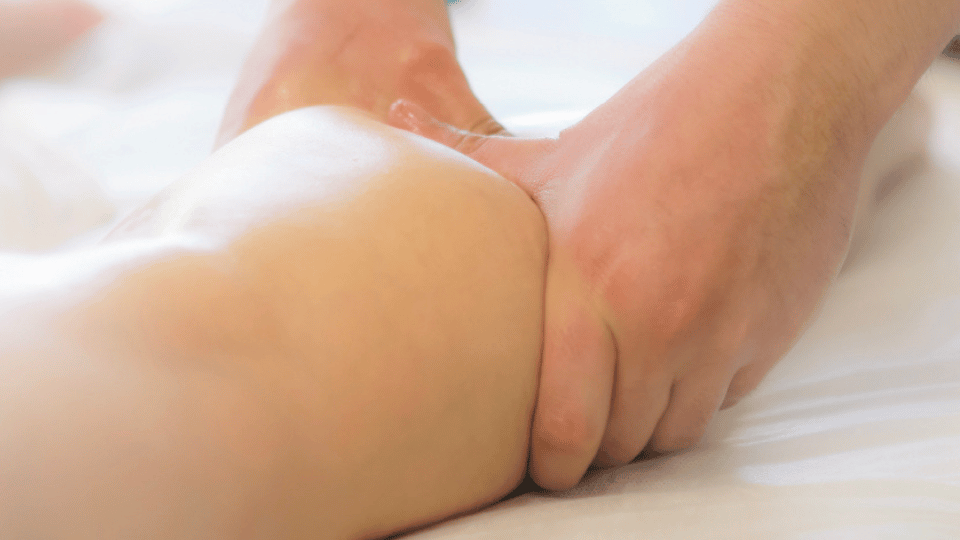
Updates in Research: Manual Lymphatic Drainage
For decades, manual lymphatic drainage has been the gold standard in helping relieve edema and lymphedema. New research, however, is showing this technique has more to offer.
Related Online Continuing Education Courses
Cancer and Massage Therapy, Part I: Essential Contraindications
$37 members / $62 non-members 2.5 CE credits
Take this introductory course to find out how massage can help reduce isolation, relieve symptoms and empower cancer patients. Understand the essential contraindications for oncology patients.
Cancer and Massage Therapy, Part II: Treatments
$45 members / $75 non-members 3 CE credits
Explore the effects of cancer treatments including surgery, chemotherapy and radiation therapy. Find out how patients are impacted and the related massage contraindications.
Cancer and Massage Therapy, Part III: Advanced Session Planning
$60 members / $100 non-members 4 CE credits
Discover the crucial role massage therapists can play in cancer care. Learn the important cautions and contraindications, how to conduct intake sessions and the appropriate touch techniques.
Massage Therapy Benefits for Cancer Patients
Reference
1. Cancer Facts & Figures 2024, American Cancer Society, Atlanta, Georgia, 2024
Additional Resources
Massage Therapy for Pain Relief
Learn how massage therapy can be effective in the management of acute and chronic pain.
Massage Therapy for Pregnancy
Explore the many benefits of massage therapy during pregnancy.
Massage Therapy for Mental Health
Discover the positive impact massage therapy can have in relieving stress, anxiety, and depression.
